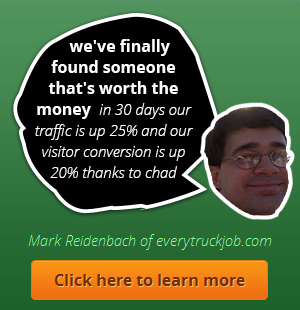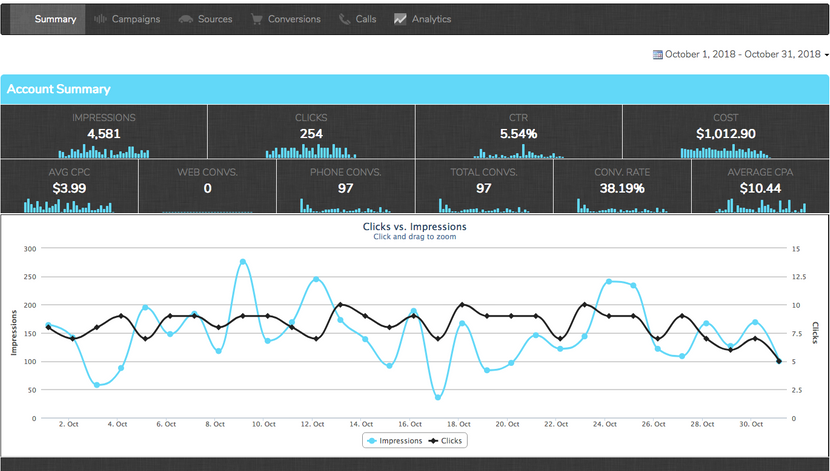Geofence Marketing Advertising
Though people may be shopping online, they also usually purchase a large number of products and services offline, from the stores which they visit, and in the area in which they live and work. As more people are using smartphones for accessing the internet, one of the most popular methods of generating leads and orders for location specific businesses is geofence marketing advertising. In this method a geographical fence or geofence is created around an area, and when a person is entering the geofenced area , the person is targeted with relevant advertisements and messages on his or her mobile phone.
This tracking method also allows the advertiser to track the ID of the device of the person who has visited the area, usually a store around which the geofence has been created during a specified time period. The person will have also downloaded a large number of applications on his or her mobile phone, and if they are used , advertisements relevant to the location are shown. While businesses may geofence their own store, they can also geofence their competitors store, to get information about the visitors to the store, and send offers, to get more leads and buyers at a comparatively low cost.
Though the person may not use the mobile phone while in or near the store using geofence advertising , the store’s advertisements can be shown to the potential customer later when at home, office, on his laptop or other devices, so that the person may visit the store at a later date after checking the offers. Many people are visiting a particular area repeatedly as part of their daily routine, and geofencing allows businesses selling their products and services to target these individuals with special offers and discounts, increasing sales. Most people are more likely to purchase from an area which they are already visiting instead of traveling to some other area, spending time and money.
Geofencing is particularly useful for those who are targeting visitors in a particular area only, like exhibition organizers, shopping malls, car dealerships , opticians, beauty parlors, salons, concert, music and other event organizers, groceries, hardware shops, lawyers where the customer has to personally visit the location. For example, lawyers offering personal injury compensation and other services, may target hospitals, jails, police stations, so that those who visit the area, are getting information about the lawyers services. They may also geofence the location of other lawyers offering similar services to find more clients.
Despite Geofence marketing advertising being widely used by retail stores to alert customers in the area about deals, there are some limitations while using this marketing method. The mobile device should have location services and be switched on. Though 90% of the mobile users have location services, there are some people who may not switch on their mobile due to some reasons, like battery being drained. There are others who may not be using their mobile phone when passing through a particular area, for example when driving a vehicle through the area or walking. So despite having some limitations, geofencing has become one of the most effective way of marketing and tracking offline conversions.
My Agency or Business Needs?
Subscribe
Even if you don't visit my site on a regular basis, you can get the latest posts delivered to you for free via RSS or Email or subscribe below:



